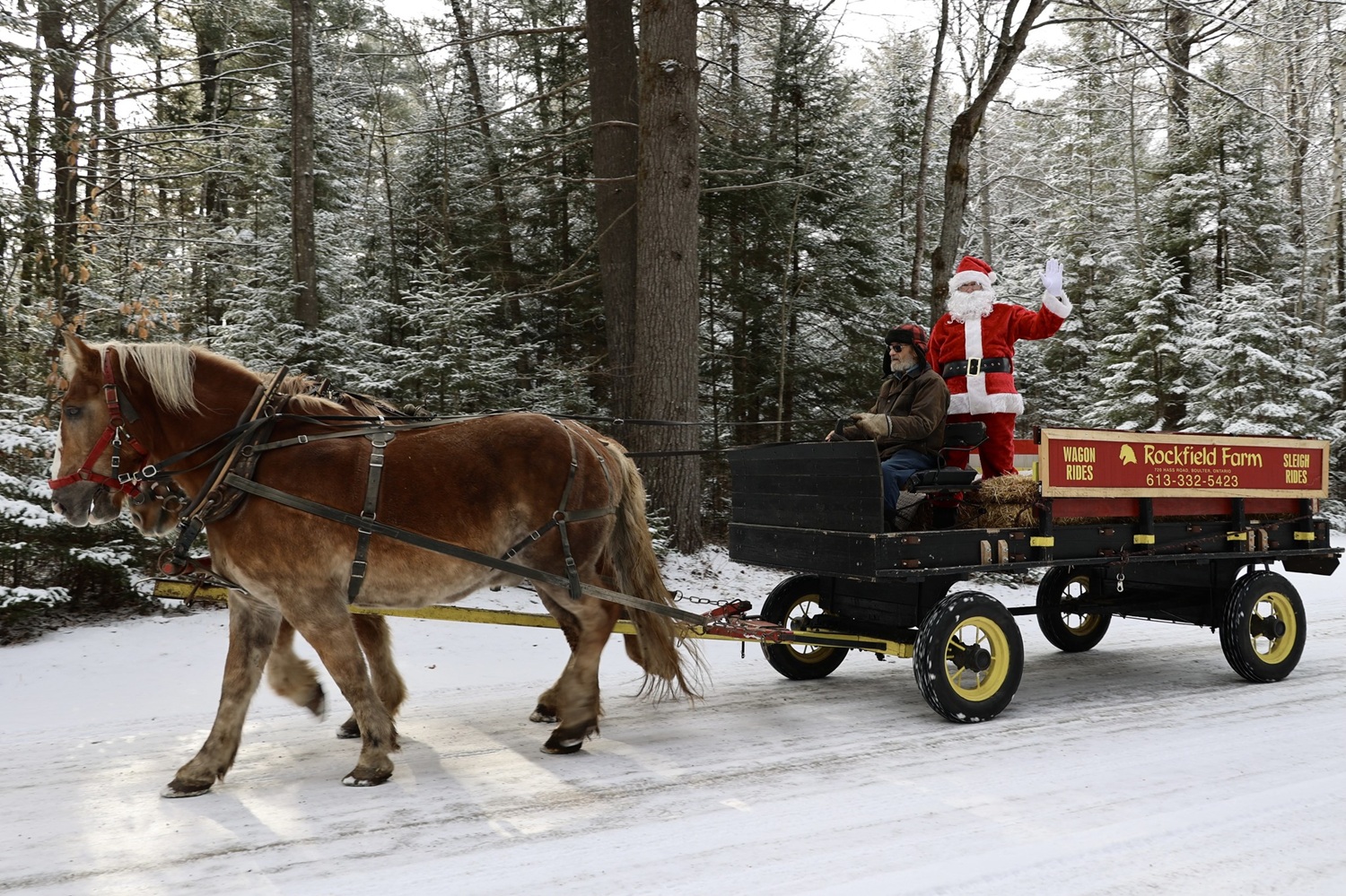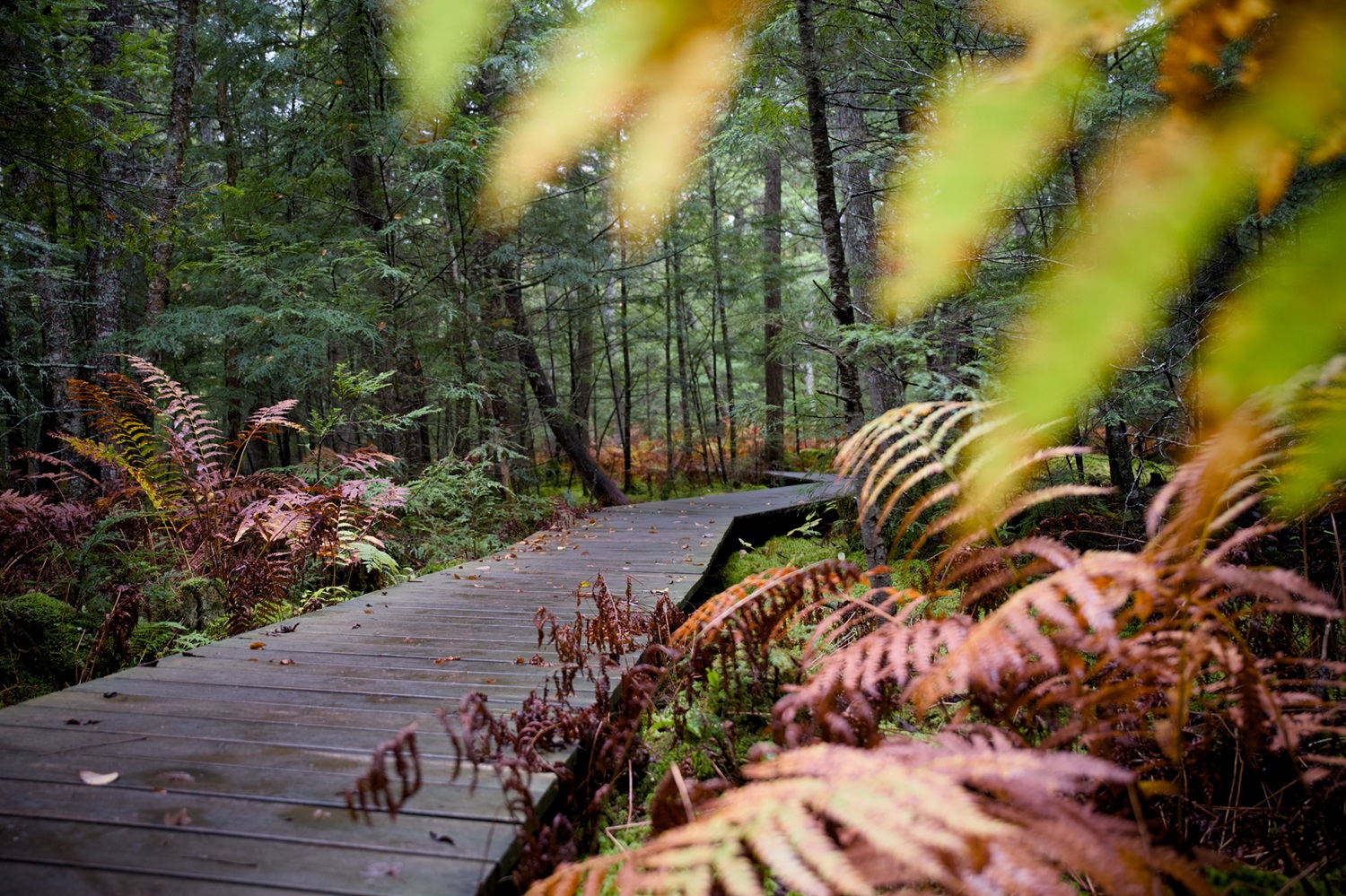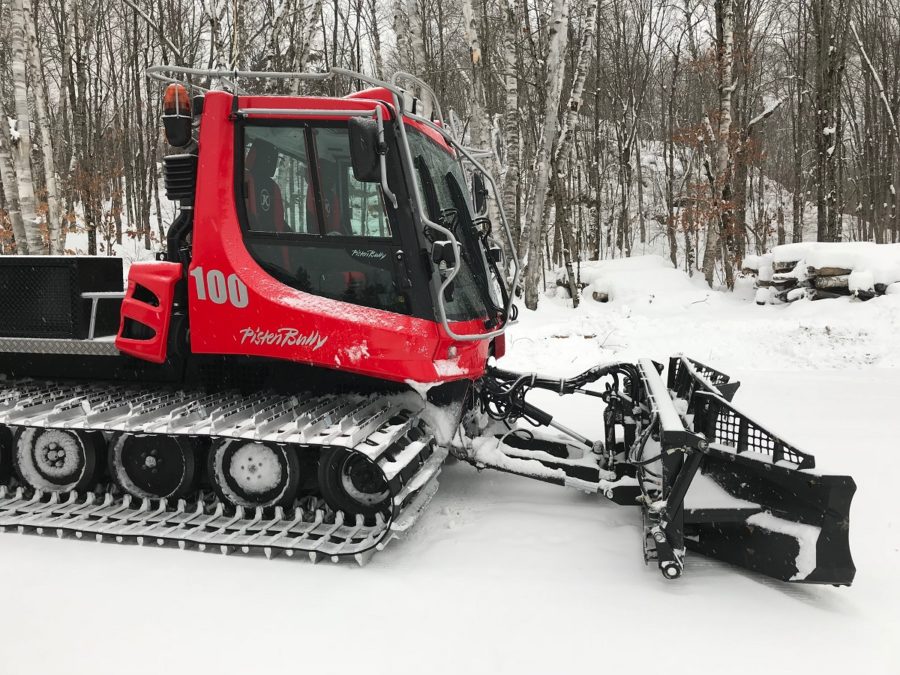
In today’s post, Assistant Superintendent Josie Grenier and other southeast zone staff give us a behind-the-scenes glimpse into what our crews are up to during the winter months.
There’s a false assumption out there that Ontario Parks goes into hibernation in the winter, just like bears, but we are by no means just a summer experience.
Field staff are often asked, “What do you guys do in the winter or when you’re closed?”
Where can we even begin to answer this question!?
~
Some of us keep running our winter parks
First off, 31 parks are open for the winter season. Fourteen parks have an overnight program, while the rest are just open for day-use.
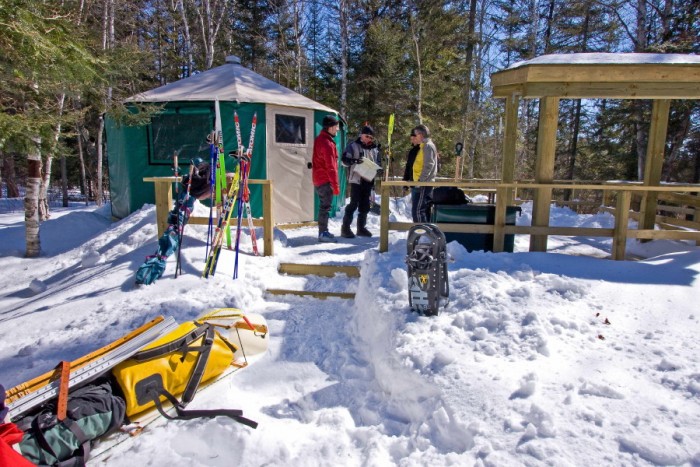
These parks are still in operational mode, collecting fees, and being responsive to customer needs. Staff at these parks are plowing roads, grooming ski trails, cleaning facilities, packing snowshoe trails, and hosting events, such as loppets or even weddings.
~
Some of us put our parks to bed…
But closing a park isn’t as simple as just locking the gates. Our staff put a lot of elbow grease into prepping each park for the winter.
~
…and then get right back to work!
Parks that close their gates in the fall still have staff working hard behind the scenes.
Once the shutdown process has finished and the park is essentially winterized, the scope of work shifts. It’s now time to catch up after a busy season and plan ahead for the next one!
~
Upgrading the park
Many construction projects occur during closed times.
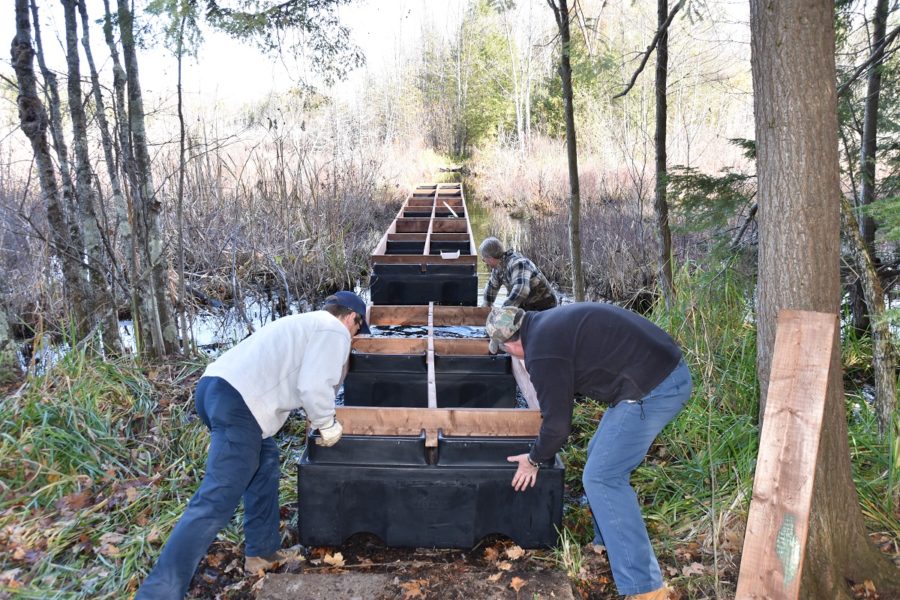
These can include new buildings or upgrades to existing ones, new playgrounds, road/culvert work, dangerous tree removal, new trailer dump/fill stations, and much more.
~
Talking to our visitors and partners
Winter is prime planning season for many visitors, so we’re still fielding many phone calls and emails from our visitors. We may also be maintaining park social media accounts.
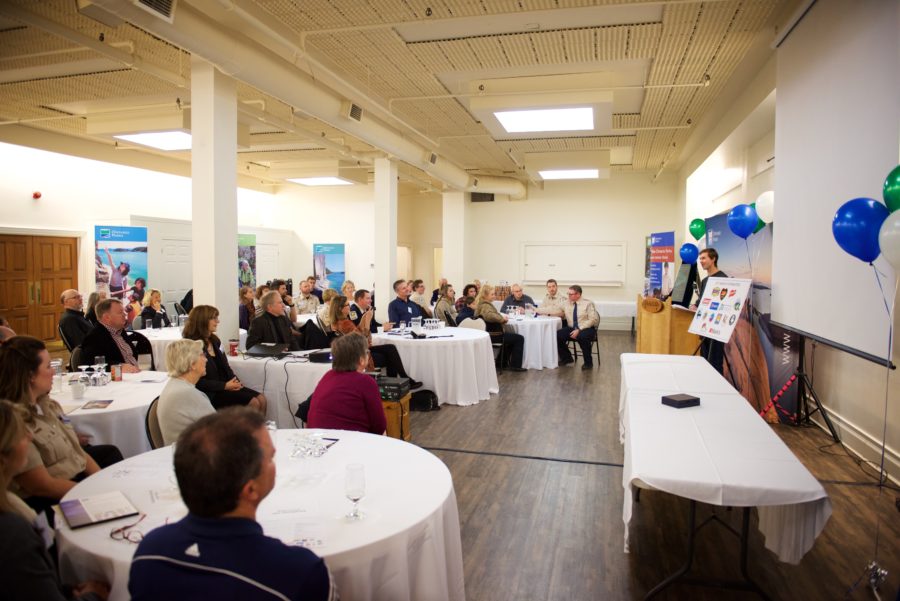
This is also a great time for many parks to meet with our local partners and stakeholders, like Friends groups, ski clubs, and neighboring landowners.
~
Catching up on paperwork
Each park submits year-end reports on a wide variety of topics, from finances to education program attendance, from sewage to wildlife sightings. Zone offices and main office often request additional data as well.
We also renew any expired permits, such as water taking permits or certificates of approval, and ensure any expiring legal agreements are updated.
~
Hiring staff for the spring
Early in the off-season, we submit requests for how many student positions we will need for the next year. Managers talk about succession planning, and strategize on how to get the right staff in the right positions. We also need to draft recall letters for any returning staff.
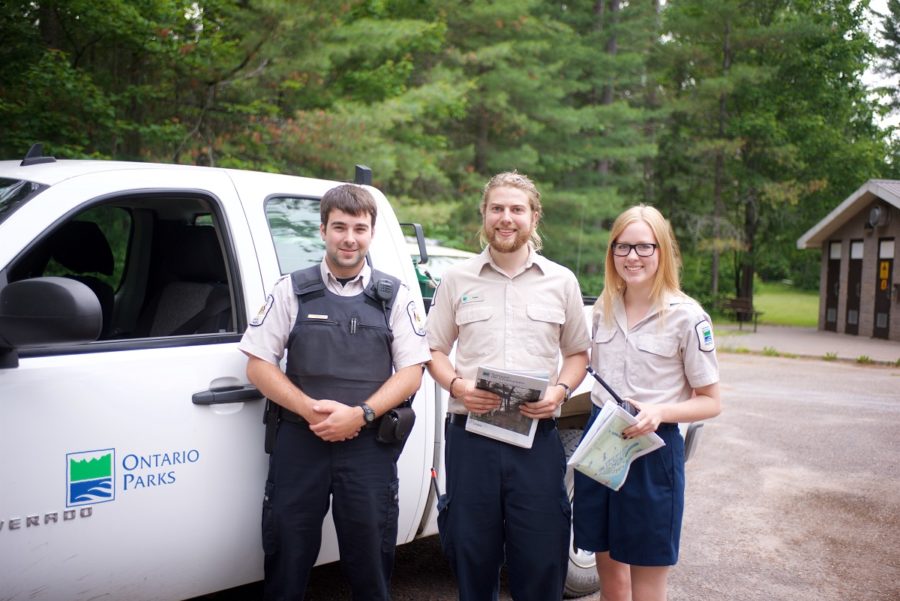
Recruitment starts early, so we’re creating job advertisements and descriptions with recruitment services, screening resumes, then conducting interviews. Many of us also visit trade shows, local colleges, and schools as part of our recruitment efforts.
~
Improving our skills
To stay sharp, we attend training, conferences, and meetings on a wide variety of initiatives and mandates. Staff evaluations/performance development plans occur year-round, and managers also assess staff training expirations (such as water operator licenses) and establishing work targets for next season.
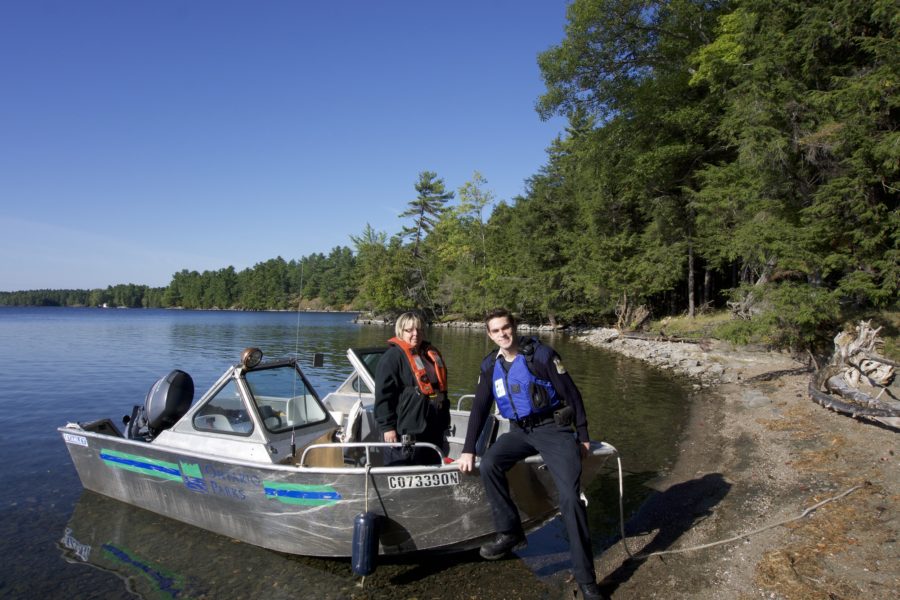
The winter is also a time when managers endorse and submit award nominations for outstanding team members.
~
Planning for our park
From park managers to ecologists to planners, we all spend lots of time working on our Park Management Plans. We have to update our individual park specific plans annually.
Financial forecasting of staff salaries and park expenditures for next season is completed. Once we know what the park needs, we create business cases and proposals, and we submit multi-year capital project needs and costs. Staff draft grant applications to get funding for additional projects.

Fun new store products for our customers are sought out and ordered. Events and programming are planned, and agreements signed with event partners.
~
Tidying up
We clean and organize staff work stations. We make sure inventories are up to date for items like computers, uniforms and vehicles.
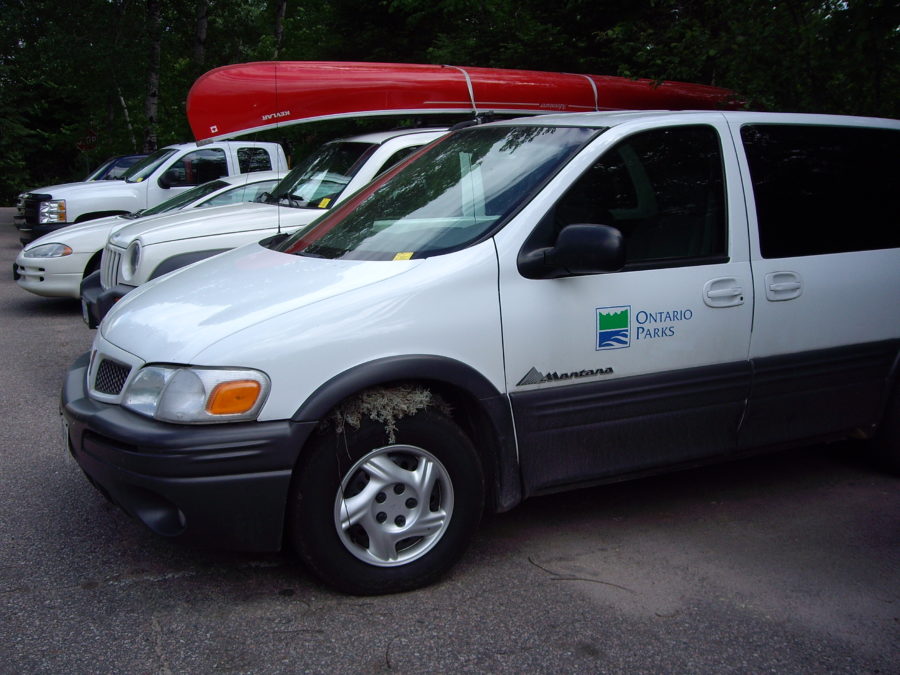
We audit park programs/departments for inefficiencies and make recommendations.
The tidying stage includes our website too, and we review content, such as campsite parameters and visitor information, and submit update requests.
~
What other tasks might we be up to? To name a few…
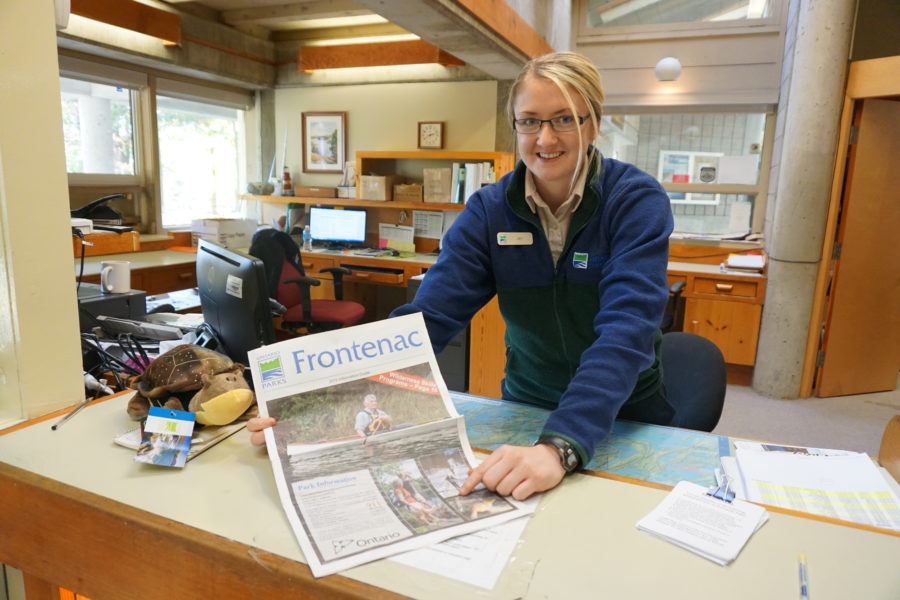
- creating or updating Visitor Centre displays
- offering education programs for school groups
- produce literature, such as tabloids and trail guides, for next operating season
- recording winter track surveys and species sightings
- reviewing and approving incoming research authorizations
And — finally — every so often, we steal a few minutes to write blog posts for our marketing team 😉
We hope this (by no means exhaustive) list demonstrates that — just like our close friends the chickadees — our field staff are wide awake and very active in the winter.
We are a very large, and busy, organization spread out across Ontario, nested in the most beautiful landscapes.
All of our staff that work year-round strive to balance the protection and ecological integrity of these areas with ensuring our 10 million annual visitors have a wonderful experience in our parks.

